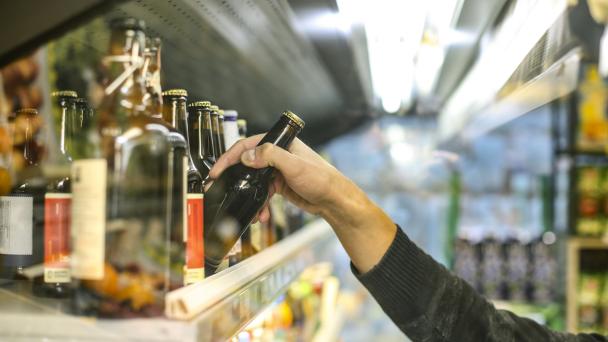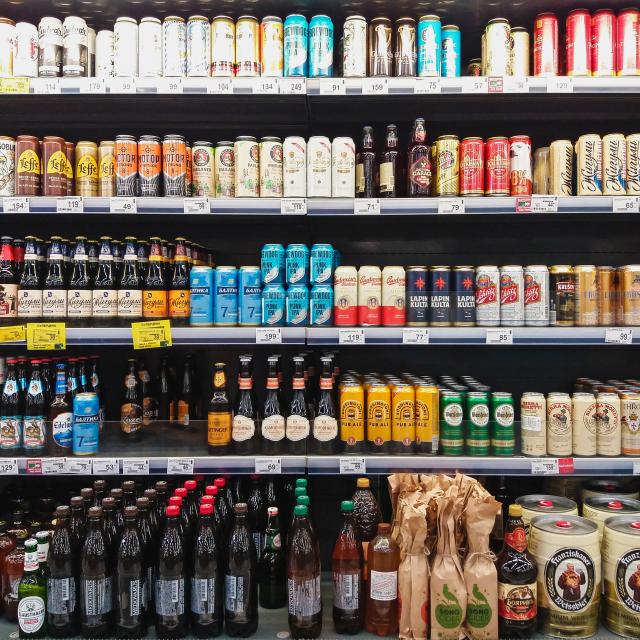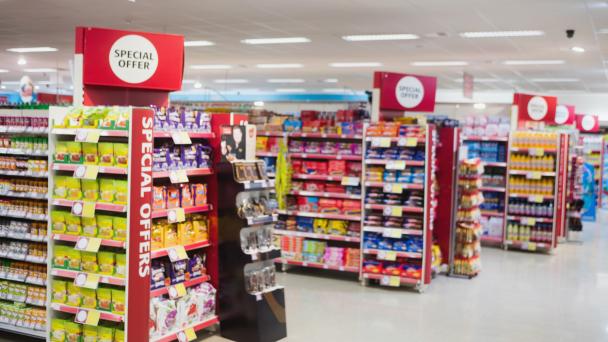Does a minimum unit price for alcohol help reduce harmful levels of drinking?


A minimum unit price (MUP) for alcohol was introduced by the Welsh Government as part of its wider strategy to try to reduce levels of harmful drinking. A MUP of 50p for alcohol was introduced in Wales from 2nd March 2020. This was intended to increase the price of alcoholic products previously sold or supplied below the minimum price, particularly for cheaper, higher strength products. Retailers could not legally sell an alcoholic drink below the minimum price per unit, including any special offers or promotions.
The study took a longitudinal approach to explore the effects of the policy on retailers, and on the purchasing habits of households. In particular, it explored whether retailers supported the policy, perceived changing patterns of purchasing among their customers, influence on the type of products they stocked, and experience of enforcement and compliance. It also used secondary analysis of data on units of alcohol purchased using comparative interrupted time series data for Wales and England (where a MUP for alcohol has not been introduced) from 2016-2023.
The qualitative findings from the interviews with retailers showed:
The quantitative analysis showed:
The qualitative component involved interviews with 52 different retailers, across three waves of data collection. 30 interviews were conducted at baseline in 2019/20, around the time of the introduction of the MUP and just before COVID-19 protective measures were introduced. 15 of these interviewees were followed up in at wave two (2022/23), and eight at wave three (2024). 15 new interviewees were recruited at wave two, and eight at wave three due to sample attrition.
The sample was monitored to include on and off trade retailers, and independent and chain stores. We recruited businesses in different parts of Wales, including those in urban or rural locations, and close to the Wales-England border. Major supermarkets were excluded from the sample.
The quantitative analysis used comparative interrupted time series (CITS). It compared alcohol purchasing trends in Wales to those in England, where a MUP was not implemented. To conduct the analysis, we used data on units of alcohol purchased and taken back into the home from Kantar’s World Panel over the 2016-2023 period.
CITS is a statistical method used to evaluate the impact of an intervention or treatment by comparing the changes in outcomes over time between a group that was exposed to the intervention (Wales) and a comparison group that was not (England). This approach allowed researchers to estimate the effect of the intervention while controlling for underlying trends and external factors influencing both groups, increasing our confidence that any effects found are due to MUP.

 Press release
Press release

 Press release
Press release
Receive a regular update, sent directly to your inbox, with a summary of our current events, research, blogs and comment.
Subscribe